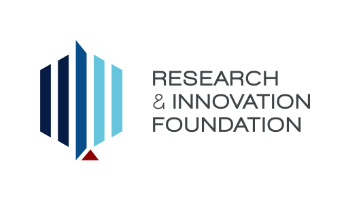Project Coordinator
Efthymia Nikita
 Efthymia Nikita is Assistant Professor in Bioarchaeology at the Science and Technology in Archaeology and Culture Research Center, The Cyprus Institute. She holds a BA in Archaeology from the Aristotle University of Thessaloniki and a PhD in Biological Anthropology from the University of Cambridge. Prior to her appointment at STARC, she held post-doctoral posts at the Fitch Laboratory of the British School at Athens and the Malcolm Wiener Laboratory of Archaeological Sciences of the American School of Classical Studies at Athens, as well as a Marie Sklodowska-Curie fellowship at the University of Sheffield.
Efthymia Nikita is Assistant Professor in Bioarchaeology at the Science and Technology in Archaeology and Culture Research Center, The Cyprus Institute. She holds a BA in Archaeology from the Aristotle University of Thessaloniki and a PhD in Biological Anthropology from the University of Cambridge. Prior to her appointment at STARC, she held post-doctoral posts at the Fitch Laboratory of the British School at Athens and the Malcolm Wiener Laboratory of Archaeological Sciences of the American School of Classical Studies at Athens, as well as a Marie Sklodowska-Curie fellowship at the University of Sheffield.
Her research aligns with biocultural approaches and seeks to provide insights into the activity, mobility, demography, health, and diet of past populations. In addition, she is engaged in refining the available osteoarchaeological methodology for the study of commingled remains, biodistances, and activity markers.
Her research has resulted in over 70 articles and book chapters, including the textbook ‘Osteoarchaeology: A Guide to the Macroscopic Study of Human Skeletal Remains’, published by Elsevier, which received an honorable mention at the American Publishers Awards.
Links: Profile - The Cyprus Institute | Profile - Academia
Post-doctoral Fellow
Giuseppina Mutri
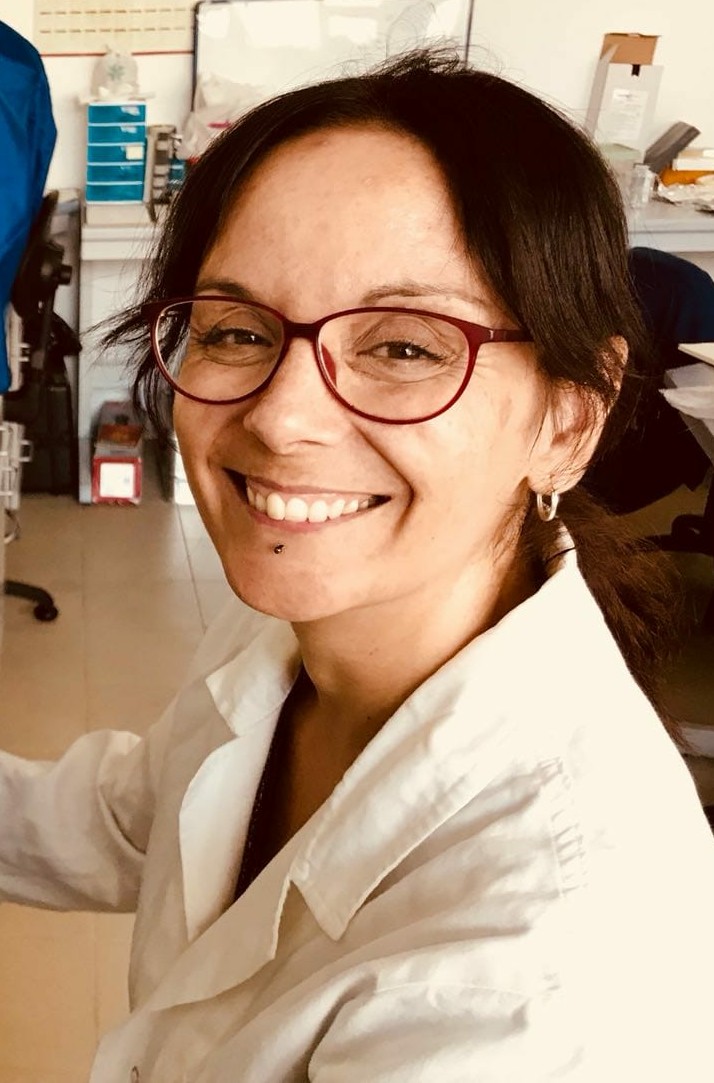 Giuseppina Mutri is a Palaeolithic archaeologist with a background in lithic technology, use wear and residues. Over the past nine years, she has participated in some of the most innovative archaeological projects in North Africa and Southern Europe, including the Transnap Project and the Farafra Archaeological Project in Egypt, the Melka Kunture Project in Ethiopia, the Hidden Food Project in the Balkans and Italy and many others. Moreover, she completed a Marie Skłodowska-Curie fellowship, working on the HUMANARIDADAPT project. Since finishing her PhD at the University La Sapienza of Rome, her research has mainly focused on human adaptations to the environment, subsistence economy and exploitation of wild plants, by integrating lithic technology with use-wear and residues analysis, experimental archaeology and palaeobothany. As a Fellow in Archaeobothany at the People in Motion project, she worked on dental calculus from Byzantine burials of the Eastern Mediterranean. This position offered her the chance to widen her knowledge of the Mediterranean flora and of laboratory techniques and also gave her the opportunity to apply her knowledge to a new and exciting time period.
Giuseppina Mutri is a Palaeolithic archaeologist with a background in lithic technology, use wear and residues. Over the past nine years, she has participated in some of the most innovative archaeological projects in North Africa and Southern Europe, including the Transnap Project and the Farafra Archaeological Project in Egypt, the Melka Kunture Project in Ethiopia, the Hidden Food Project in the Balkans and Italy and many others. Moreover, she completed a Marie Skłodowska-Curie fellowship, working on the HUMANARIDADAPT project. Since finishing her PhD at the University La Sapienza of Rome, her research has mainly focused on human adaptations to the environment, subsistence economy and exploitation of wild plants, by integrating lithic technology with use-wear and residues analysis, experimental archaeology and palaeobothany. As a Fellow in Archaeobothany at the People in Motion project, she worked on dental calculus from Byzantine burials of the Eastern Mediterranean. This position offered her the chance to widen her knowledge of the Mediterranean flora and of laboratory techniques and also gave her the opportunity to apply her knowledge to a new and exciting time period.
Specialist Advisors
Anita Radini
 Anita Radini is an archaeobotanist with over 10 years of experience in both plant micro- and macro-remains as well as parasite analysis. She has extensive fieldwork experience as she has participated in projects in Africa, the Middle East, Europe, South-East Asia and North America, authoring over 130 professional reports and over 50 papers in peer-reviewed international journals and edited volumes, including papers in PNAS and Nature Genetics. Whilst working in the sector of environmental archaeology, she developed a strong interest in the complex interactions between ancient people, their living conditions and their health outcomes.
Anita Radini is an archaeobotanist with over 10 years of experience in both plant micro- and macro-remains as well as parasite analysis. She has extensive fieldwork experience as she has participated in projects in Africa, the Middle East, Europe, South-East Asia and North America, authoring over 130 professional reports and over 50 papers in peer-reviewed international journals and edited volumes, including papers in PNAS and Nature Genetics. Whilst working in the sector of environmental archaeology, she developed a strong interest in the complex interactions between ancient people, their living conditions and their health outcomes.
Since 2009, when she started her PhD at the University of York, her research has focused on dental calculus as a means of reconstructing the diet and living conditions of past humans. She is currently one of the leading scholars in this field in Europe, having examined and published dental calculus microdebris data from numerous assemblages with a worldwide distribution, spanning hominins to Late Medieval humans, and even King Richard III.
Links: Profile - The University of York | Profile - Academia
Evi Margaritis
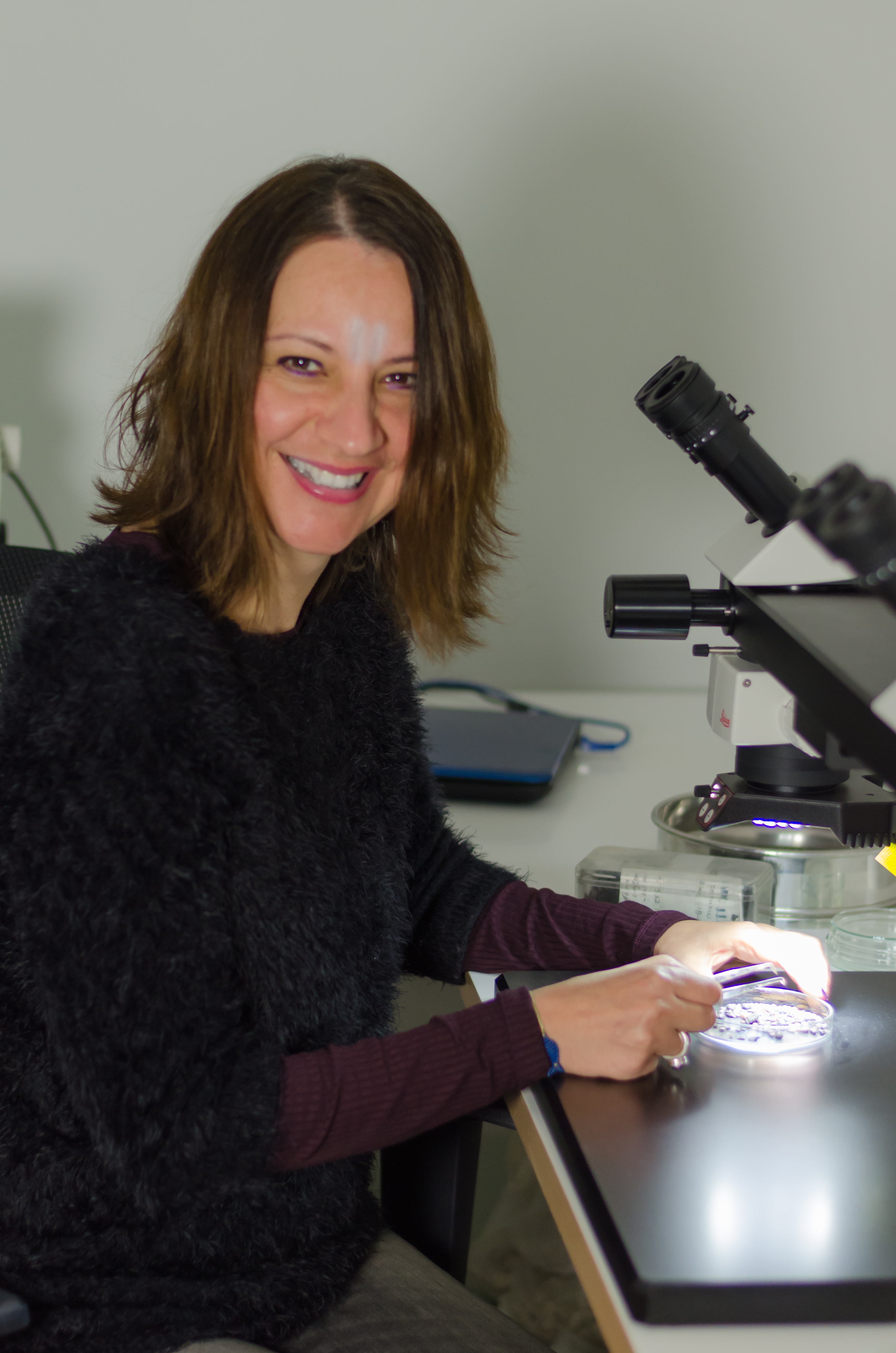 Evi Margaritis is Associate Professor at the Cyprus Institute. Dr Margaritis studied Archaeology at the University of Athens in Greece, received her MSc in Environmental Archaeology and Palaeoeconomy from the University of Sheffield in the UK and her PhD from the University of Cambridge. Her PhD is to date the only study in Greece exploring rural-urban relationships, economy and farming in the ancient world through extensive archaeobotanical analysis of material from systematically excavated samples.
Evi Margaritis is Associate Professor at the Cyprus Institute. Dr Margaritis studied Archaeology at the University of Athens in Greece, received her MSc in Environmental Archaeology and Palaeoeconomy from the University of Sheffield in the UK and her PhD from the University of Cambridge. Her PhD is to date the only study in Greece exploring rural-urban relationships, economy and farming in the ancient world through extensive archaeobotanical analysis of material from systematically excavated samples.
She has worked extensively in Greece and Cyprus, including key sites such as Corinth, the Athenian Agora and Mt Lykaion. In 2009 she began a three-year postdoctoral fellowship at the British School at Athens. This project investigated a key issue in Mediterranean prehistory, the time frame for the domestication and intensive cultivation of the vine and olive in Cyprus and the Aegean.
Her current research focuses on 1) the history of the vine and the olive in the Mediterranean and beyond through DNA analysis; 2) the integration of rural and urban research: houses, space and function during Iron Age and Classical periods; and 3) agriculture, landscape and economy of palatial centres in the Mycenaean World, through the study of the plant remains from Mycenae, Midea, and Tiryns. Currently, she is also developing an interdisciplinary project on ritual and funerary food deposits in Europe.
Links: Profile - The Cyprus Institute | Profile - Academia
Foreign Research Organization
Petrus le Roux
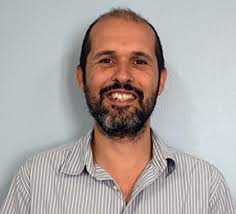 Petrus le Roux is a Senior Research Officer at the Department of Geological Sciences at the University of Cape Town. He obtained a BSc in Geology from the University of Cape Town and a PhD in Geochemistry from the same university. Before his current position, he worked as a Research Geologist at the Danish Lithosphere Centre/Geological Institute of the Copenhagen. University and Postdoctoral Research Associate at the Department of Terrestrial Magnetism at the Carnegie Institution of Washington.
Petrus le Roux is a Senior Research Officer at the Department of Geological Sciences at the University of Cape Town. He obtained a BSc in Geology from the University of Cape Town and a PhD in Geochemistry from the same university. Before his current position, he worked as a Research Geologist at the Danish Lithosphere Centre/Geological Institute of the Copenhagen. University and Postdoctoral Research Associate at the Department of Terrestrial Magnetism at the Carnegie Institution of Washington.
His research interests focus on the development of new MC-ICP-MS isotopic analytical methods and novel applications, especially in situ Sr, Pb, Hf, B or Li isotope analysis using laser ablation or micro-milling. In addition, he has a research interest in the use of Sr isotopes in palaeoanthropological, palaeontological and biological projects. Finally, he is exploring the use of volatiles, halogens and light elements in igneous rocks, especially oceanic basalts, to understand the geochemical cycling of subducted material, as well as the possible shallow-level magma assimilation, contamination and/or degassing systematics beneath mid-ocean ridges.
Links: Profile - University of Cape Town | Profile - Academia


